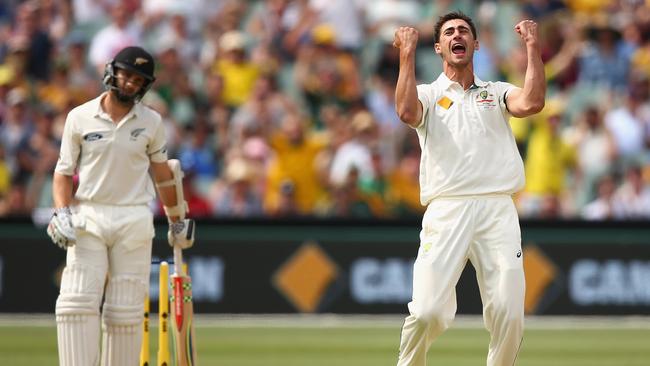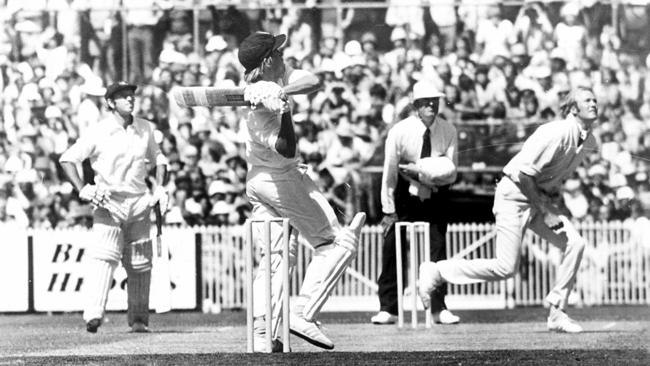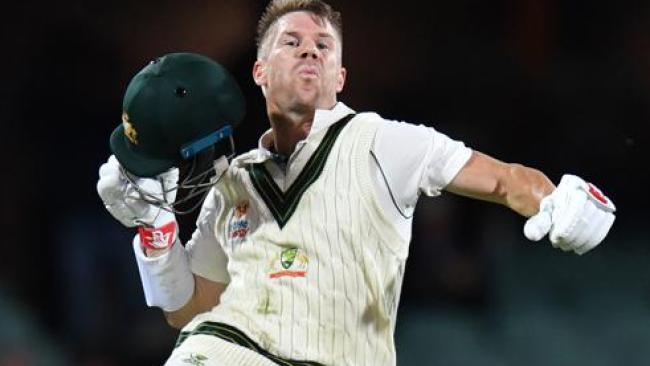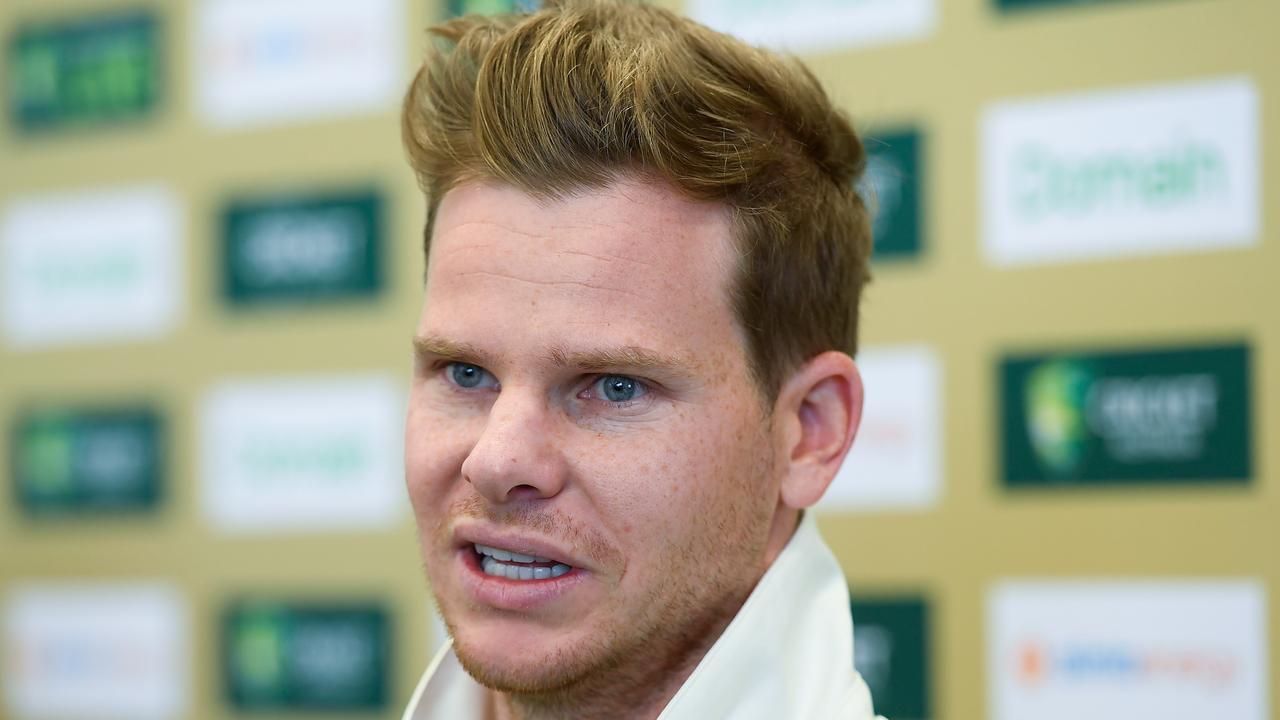Test cricket must evolve to survive onslaught of shorter forms, writes Robert Craddock
TEST cricket has ambled along, unchanged and untroubled but the demands on our time is forcing officials to tart the old lady up, writes Robert Craddock.

Cricket
Don't miss out on the headlines from Cricket. Followed categories will be added to My News.
A FEW months before Test cricket took its first breath, General George Custer took his last.
No-one expected US Army General Custer to perish in the battle of Little Bighorn way back in June 1876, but he was outnumbered and outflanked by an Indian uprising and shot dead.
Custer’s last stand ... eternal testimony to the fact that no one, or no thing is invincible, and the slightest shred of hubris or overestimation of your resources can prove fatal.
Now it is Test cricket that is learning this harsh lesson.
The first cricket Test was played at the Melbourne Cricket Ground in March, 1877, nine months after the death of Custer.
Man was still getting around in horse and cart, and Thomas Edison was a couple of months away from recording sound on a phonograph.
Stories of cowboys and Indians have long vanished into history, the phonograph has been superseded by thousands of devices, but Test cricket, grand old girl that she is, has somehow glided essentially unchanged through 138 turbulent years.
She’s been like an old Bentley which may have sleeker models scorch past her on the highway, but somehow she’s never been blown off the road, proving that class, grace and quality will always endure.

Or will they?
Last night in Adelaide saw the start of a revolution many wise judges consider long overdue, with a pink ball being used in a Test match for the first time before a sell-out crowd at the Adelaide Oval.
When the concept of a day-night Test was raised three years ago, some considered it as incongruous as an 80-year-old lady donning a pink miniskirt.
But the tone of the argument has changed significantly.
It’s gone from “will it work?’’ and “why do we need it?’’, to it must work and we do need it – badly.
Cricket is not so much craving the funky variation of a pink ball. But it does need night cricket.
Cricket Australia chief executive James Sutherland often asks “what other sports play their big events during the daytime when kids are at school and parents are working?’’ He is leading the push for day-night Test cricket.
This has been a bad year for Test cricket.

Just 52 fans were present on the first day of a Test between England and Pakistan in Dubai.
In Sri Lanka they threw open the gates to a Test match, and still barely anyone showed up. Brisbane had around 10,000 in total attend the last two days of the recent Gabba Test against New Zealand.
Even in cricket-mad India there have been large patches of vacant seating in the current Test series between India and South Africa.
In the next few days, star West Indian players Chris Gayle, Dwayne Bravo and Kieron Pollard will arrive in Australia – not for the three-Test series against Australia, but to play in the Big Bash.
Their appetite is for short-form cricket which may not require the mental mettle that Tests do, but it is much better for their bank accounts.
Test cricket needs a lift which is why Friday night’s sold-out crowd in Adelaide – to be followed by sell-out crowds on day two and three – is such an important signpost.
Behind the scenes there are strong whispers that senior Cricket Australia cricket officials have had enough of poor Test crowds and saying things like “why don’t we halve the ticket prices and try and double the crowd?’’
The feeling is that whatever they lose in ticket revenue, the game will recoup in television rights. Put simply, there needs to be a better buzz around the product.

Test cricket has few greater advocates than former Test skipper and batting great Greg Chappell.
He treasures its virtues, yet even visionaries like Chappell are uncertain where the game is heading.
“There are a number of challenges for Test cricket,’’ Chappell says. “It is competing against a lot of other forms of entertainment but it is also competing against other forms of cricket. It is a real challenge.
“I know how much it costs us at Cricket Australia to develop players for Tests. Not many countries can afford that sort of money. I do worry about how many countries will be able to afford to develop players for long-form cricket.
“I don’t know how many countries have the will to keep Test cricket going. Australia and England have that history. South Africa seem to have that desire. I just don’t know where it’s going to be honest.
“That is why this day-night cricket Test is so important. We have to keep developing the game. Four-day Tests are a good idea.”
The possibility of four-day Tests, rather than five, has been discussed for years, but it is now coming into sharper focus.
The first Test between New Zealand and Australia at the Gabba this month finished on a Monday with around 1000 people in the stands. It was Exhibit A in the argument why, as former Test opener Mark Taylor suggests, Tests should be over four days from Thursday to Sunday rather than five and finishing on a work day.
There’s also a strong argument that tickets should be more flexible with cheaper rates introduced as the days wears on.
The game is changing. And so it must.
robert.craddock@news.com.au
Originally published as Test cricket must evolve to survive onslaught of shorter forms, writes Robert Craddock


